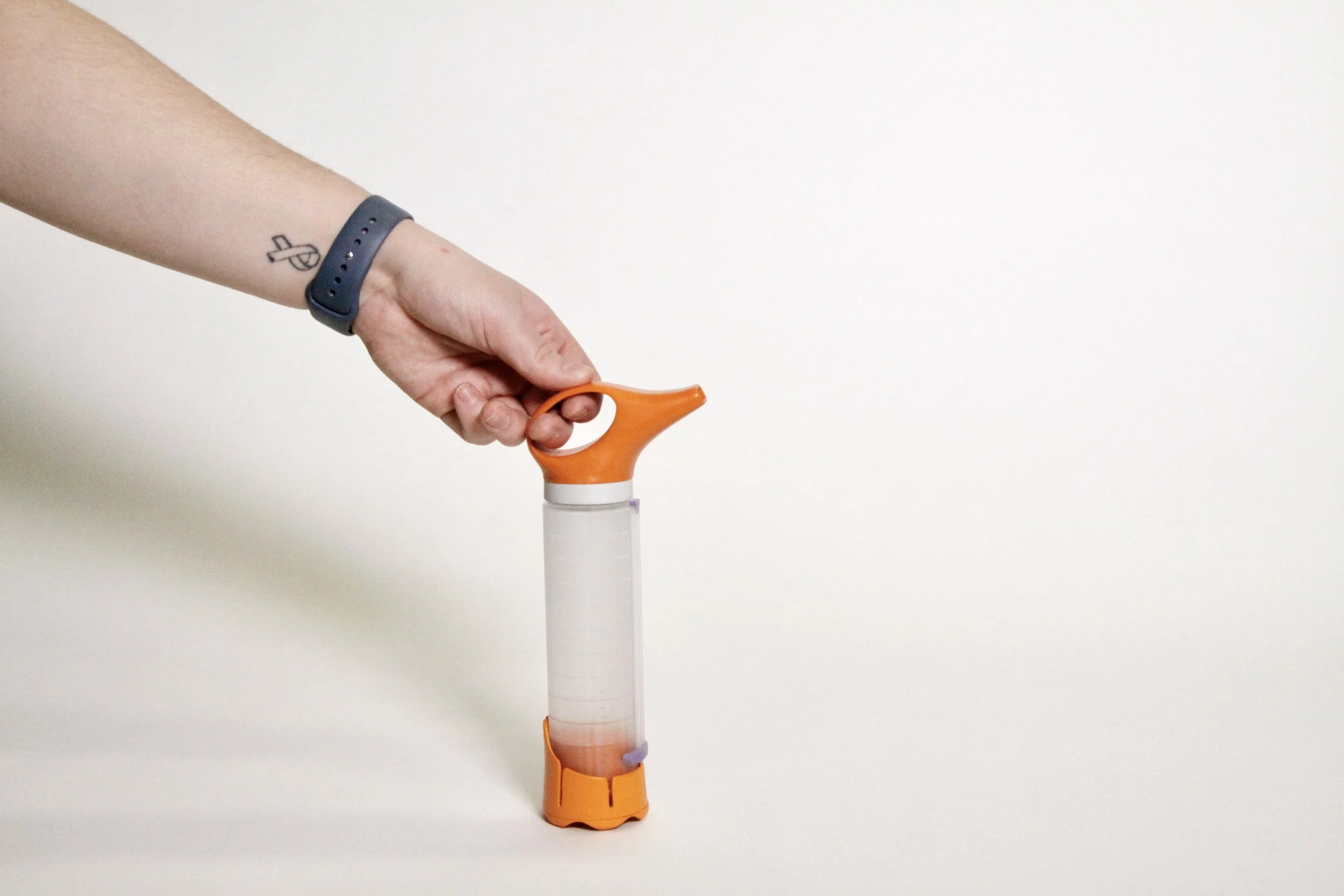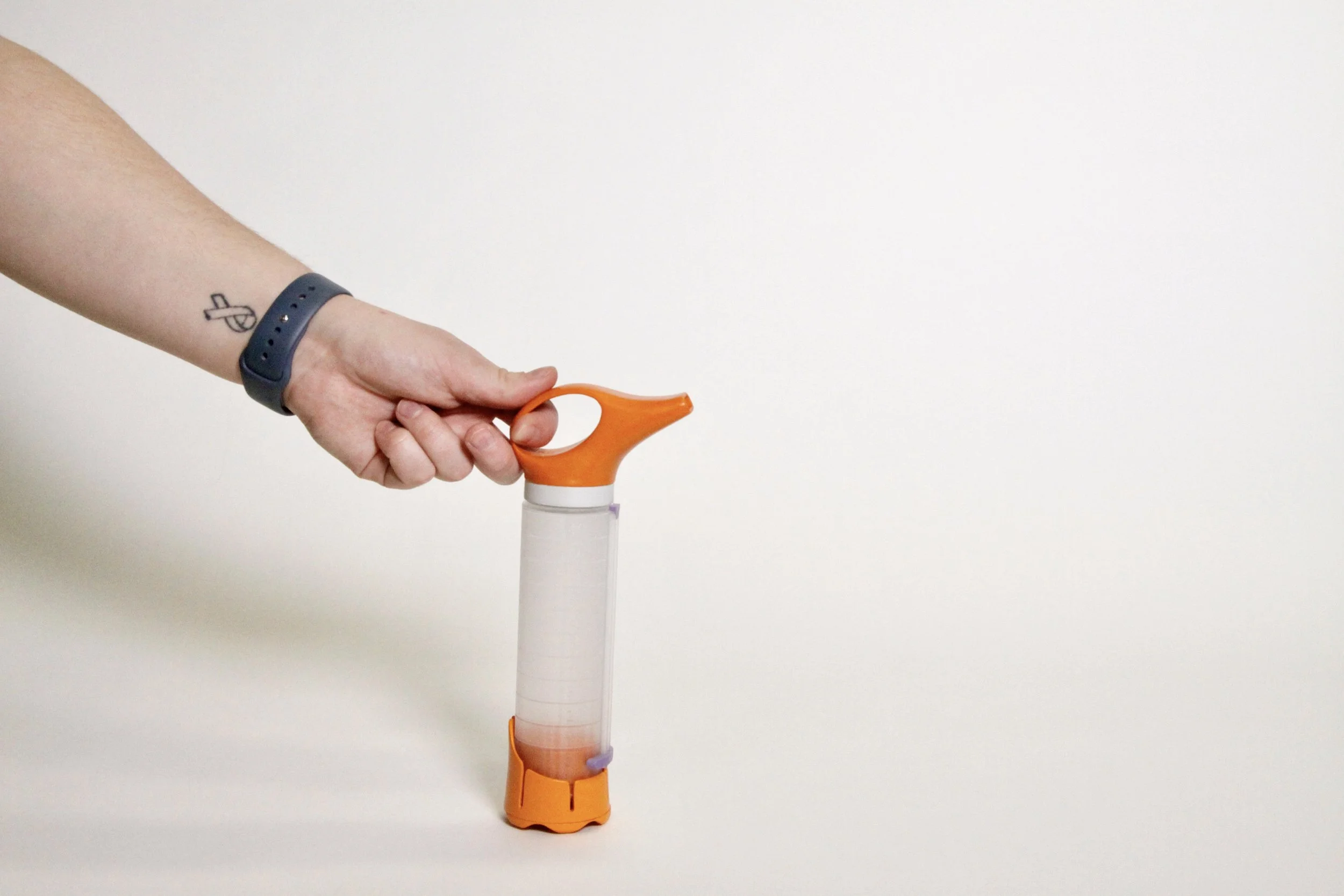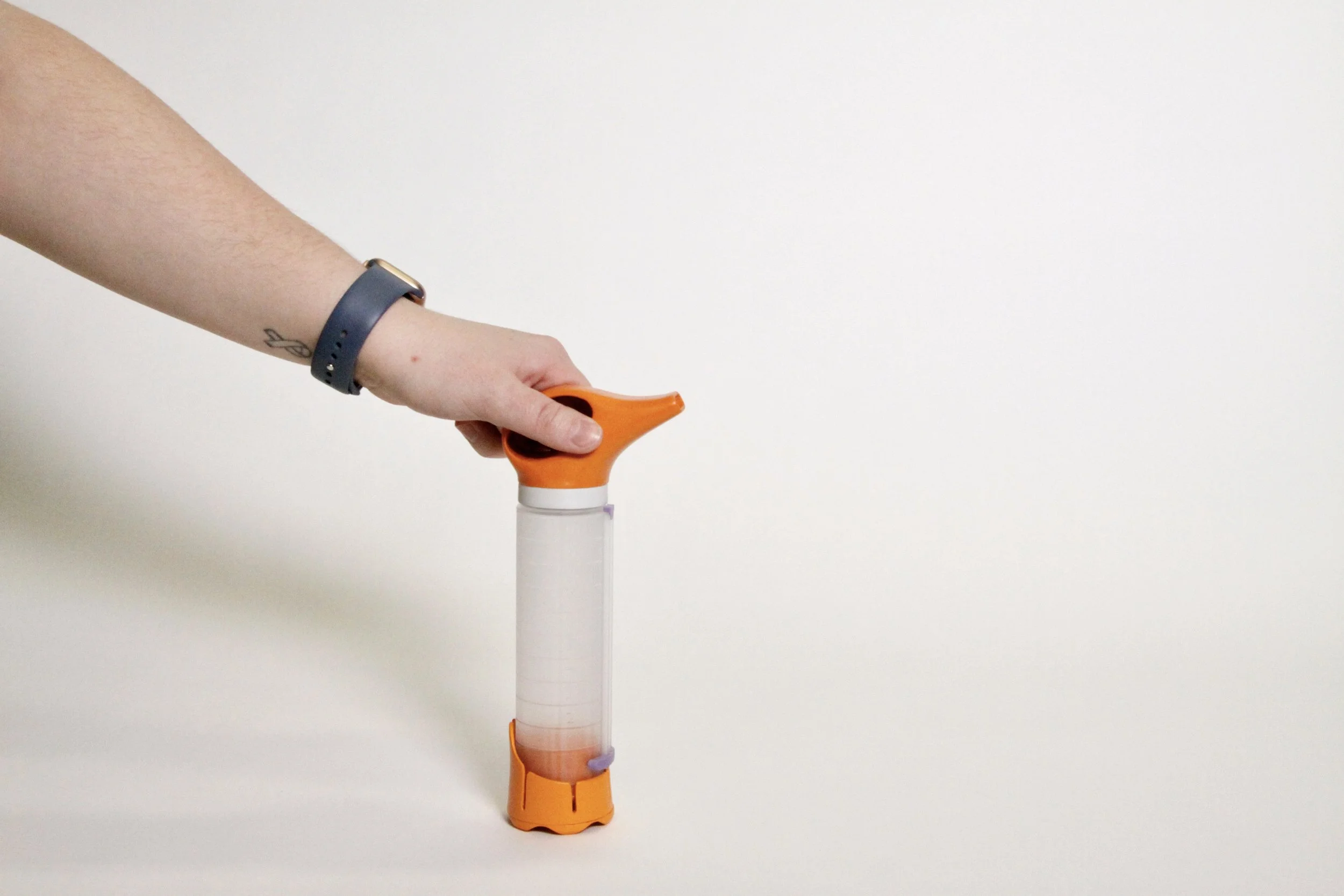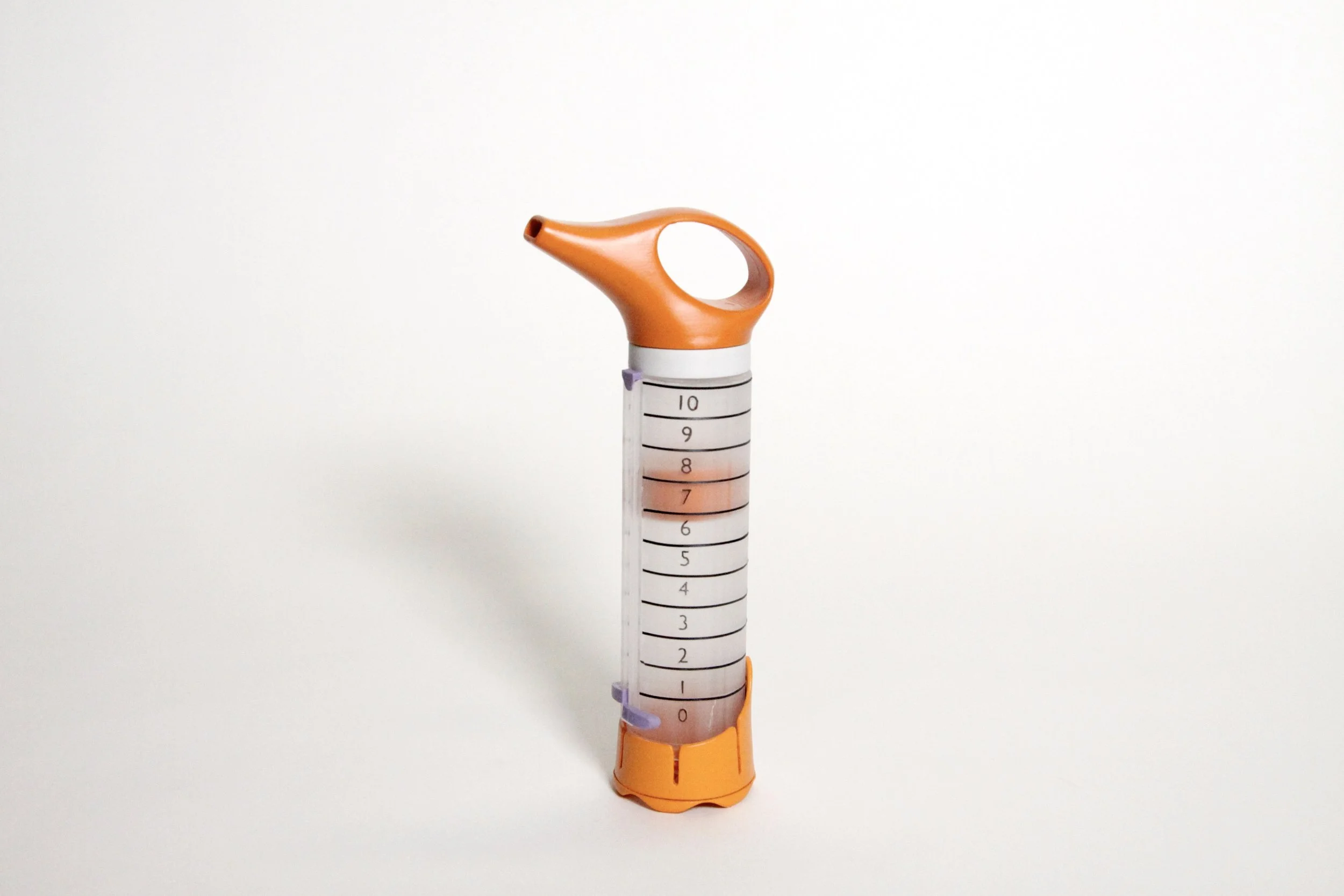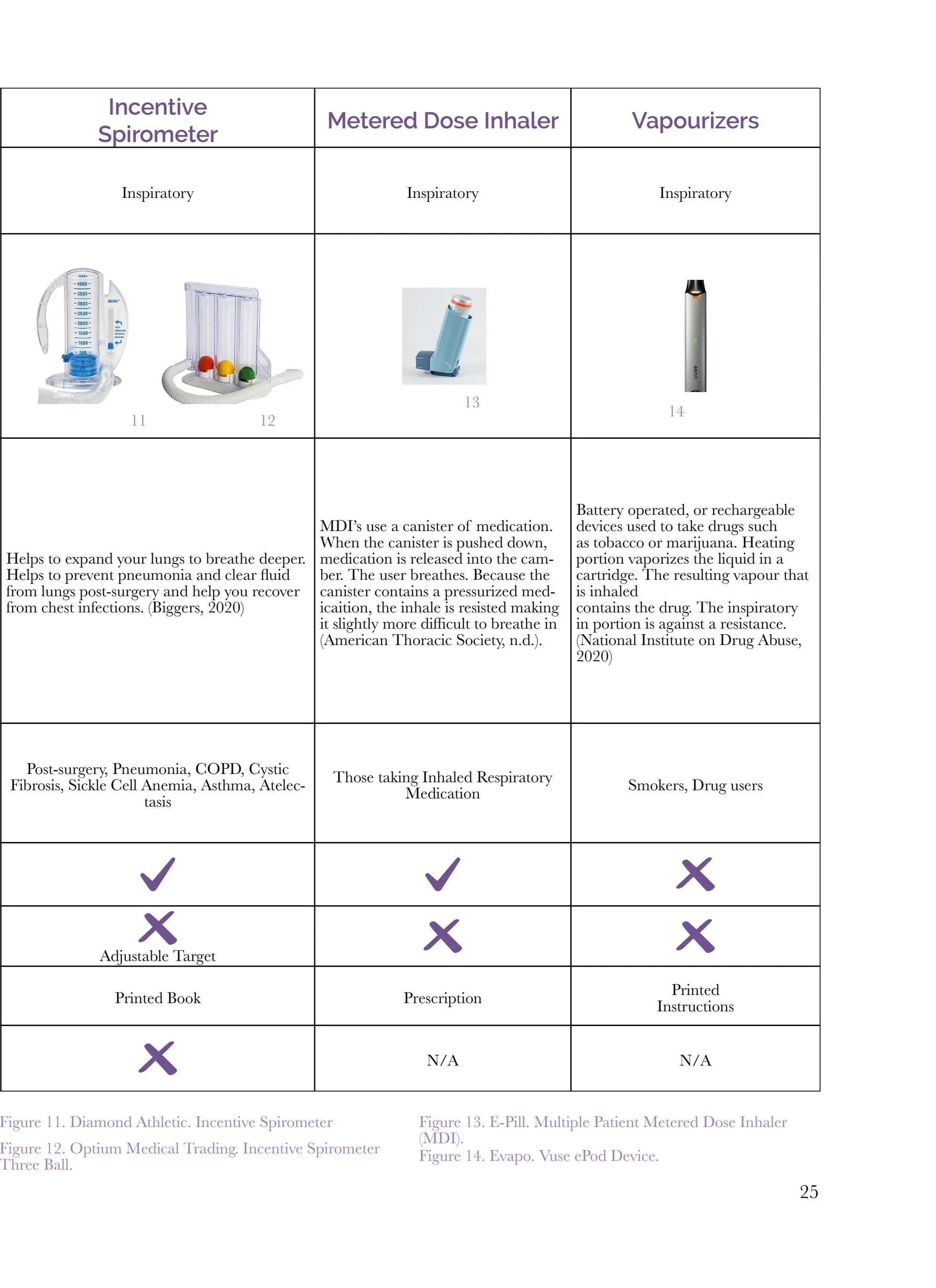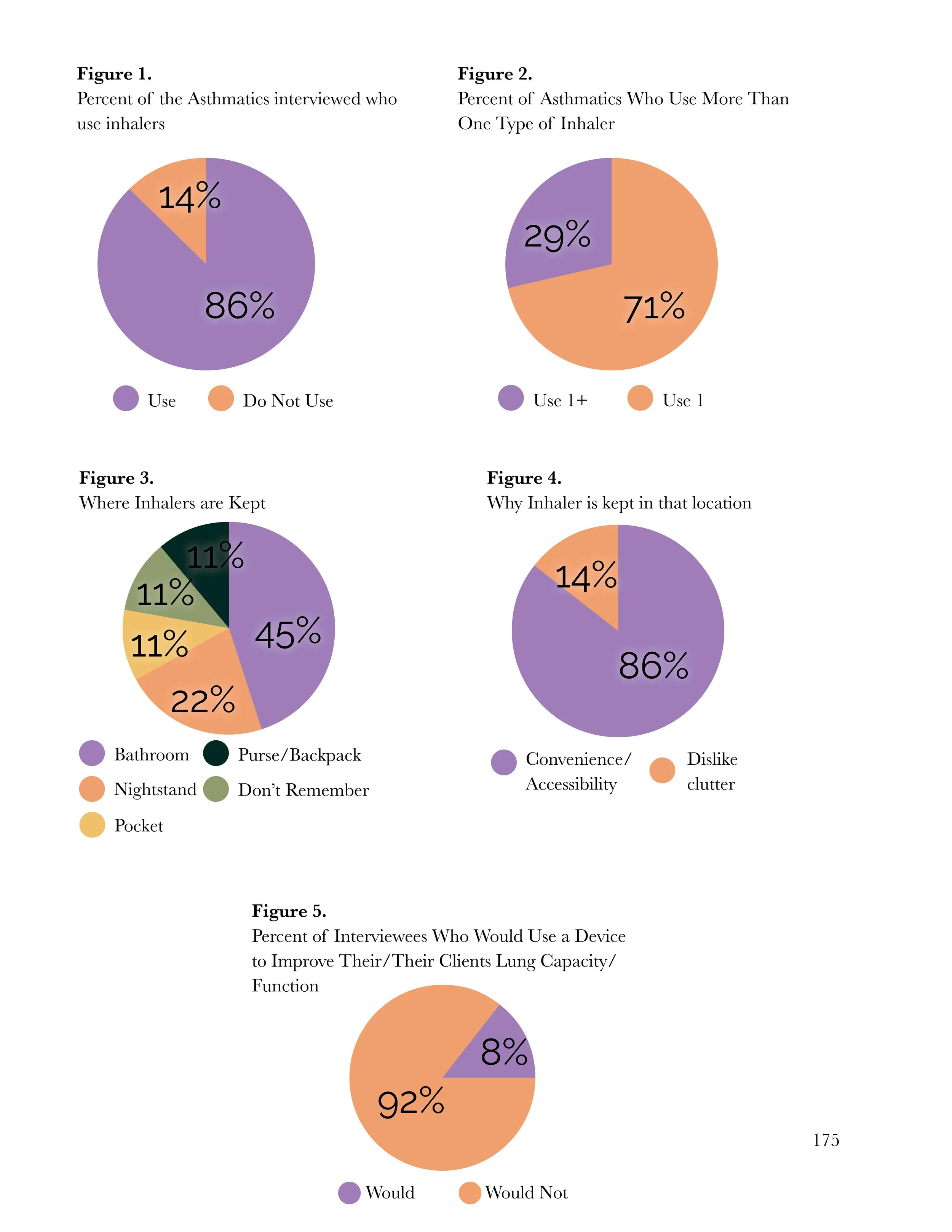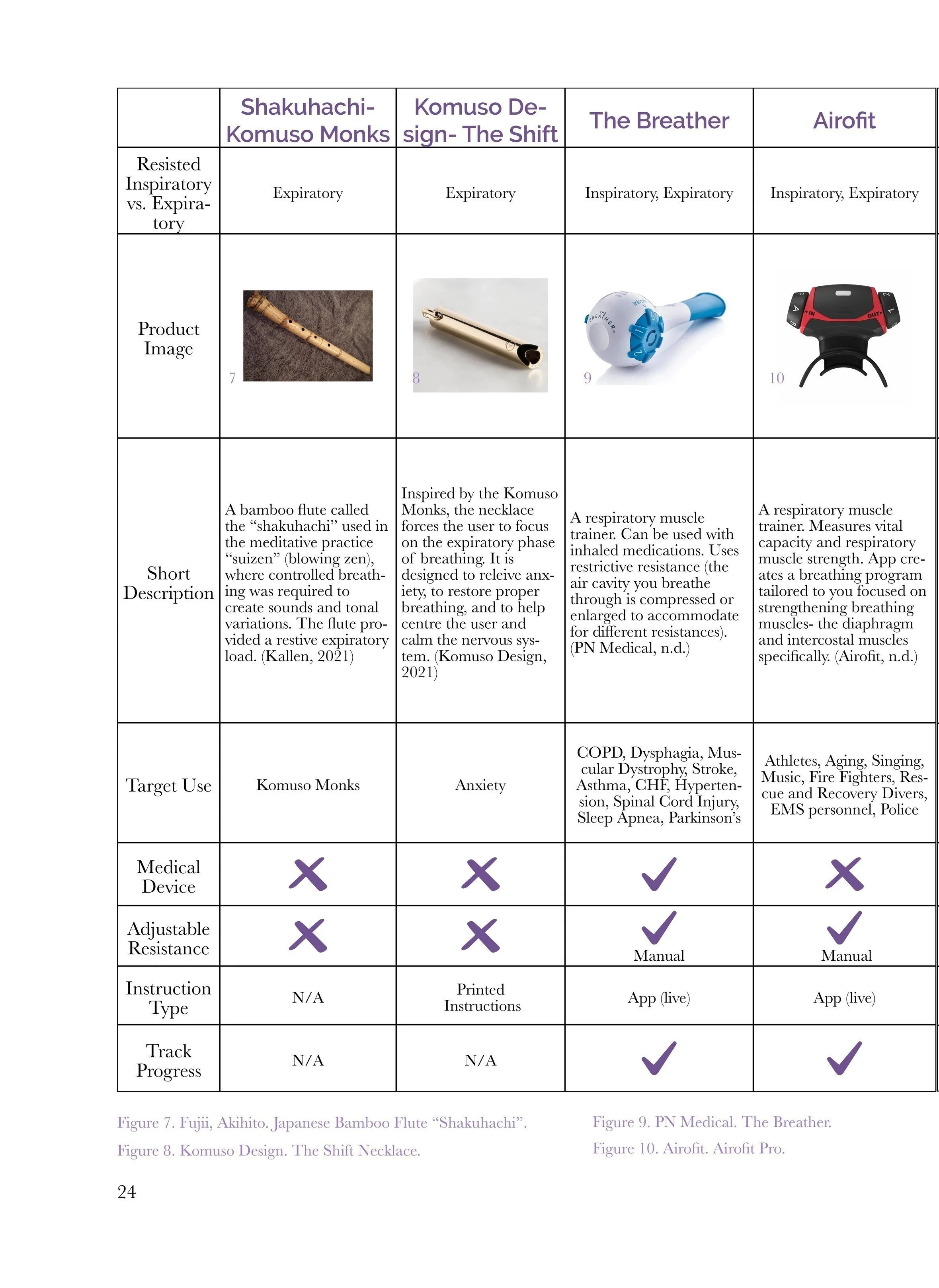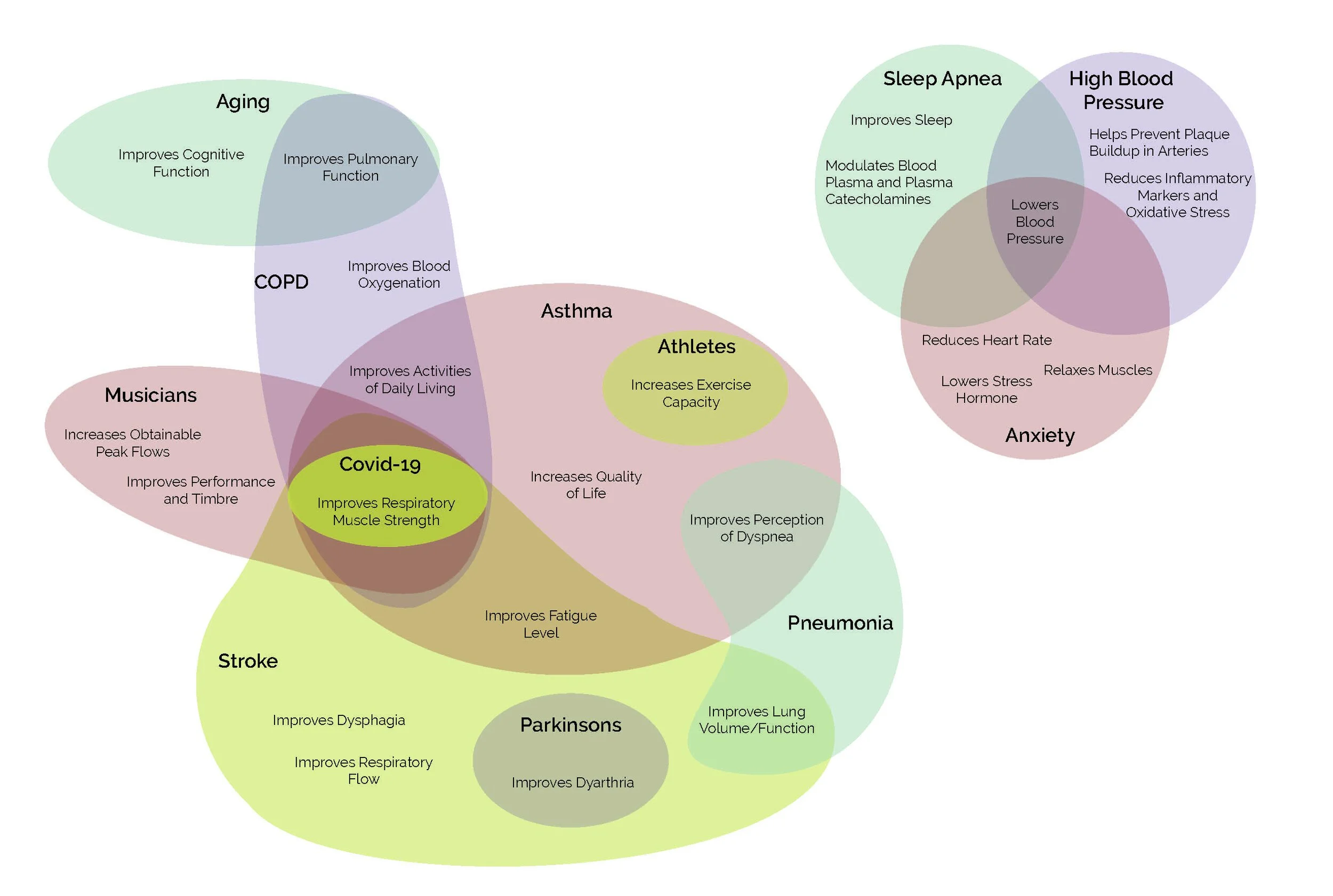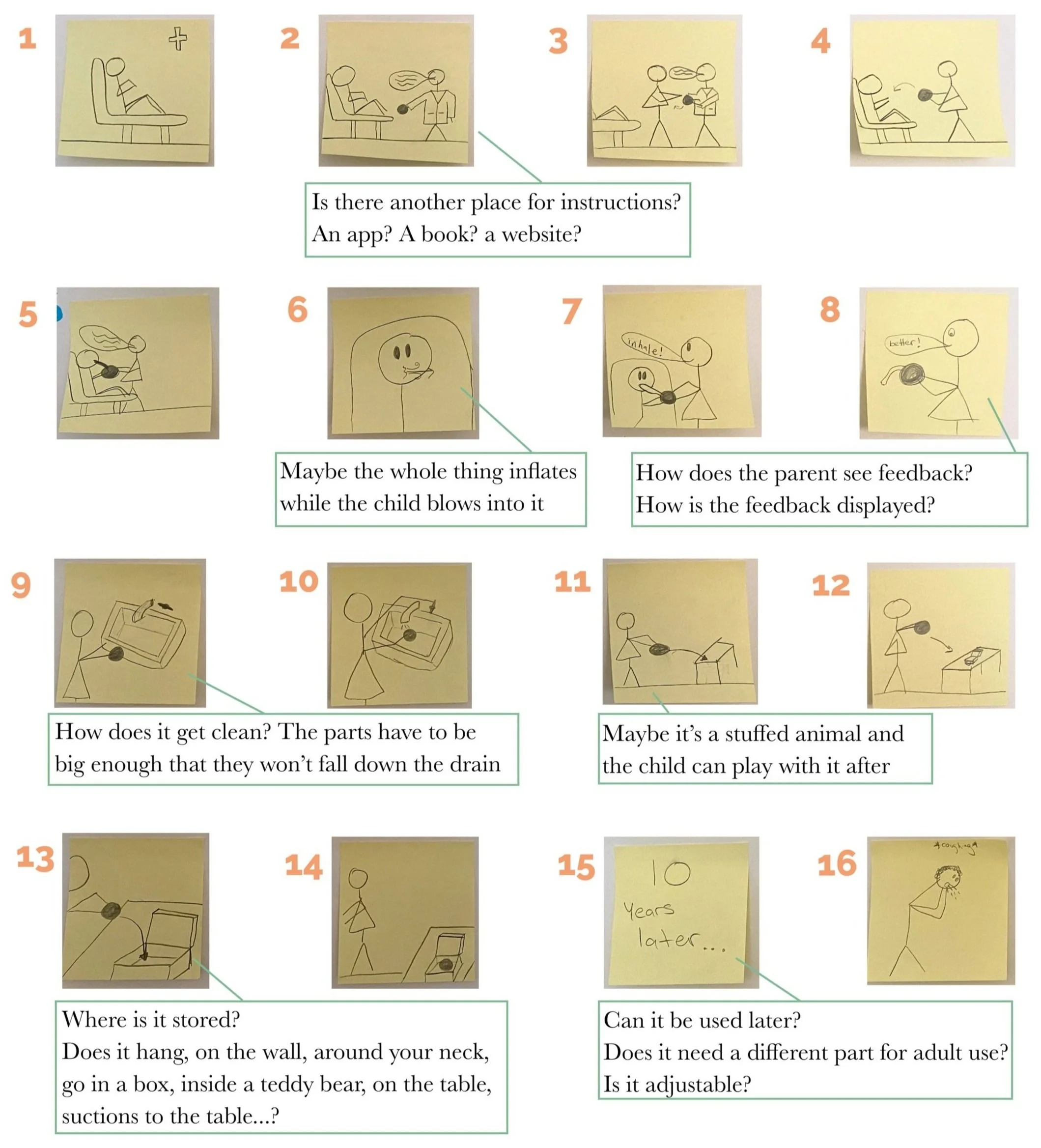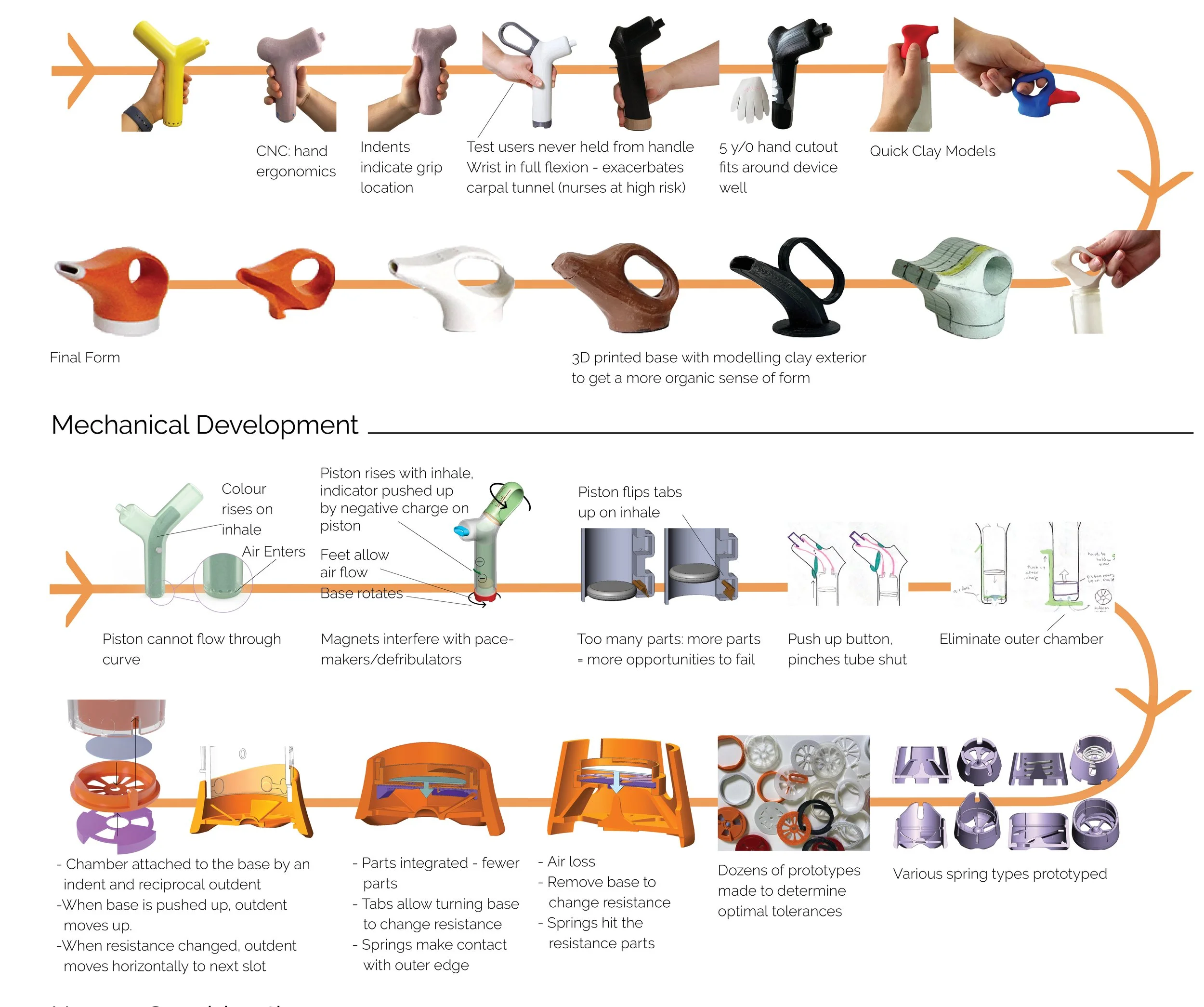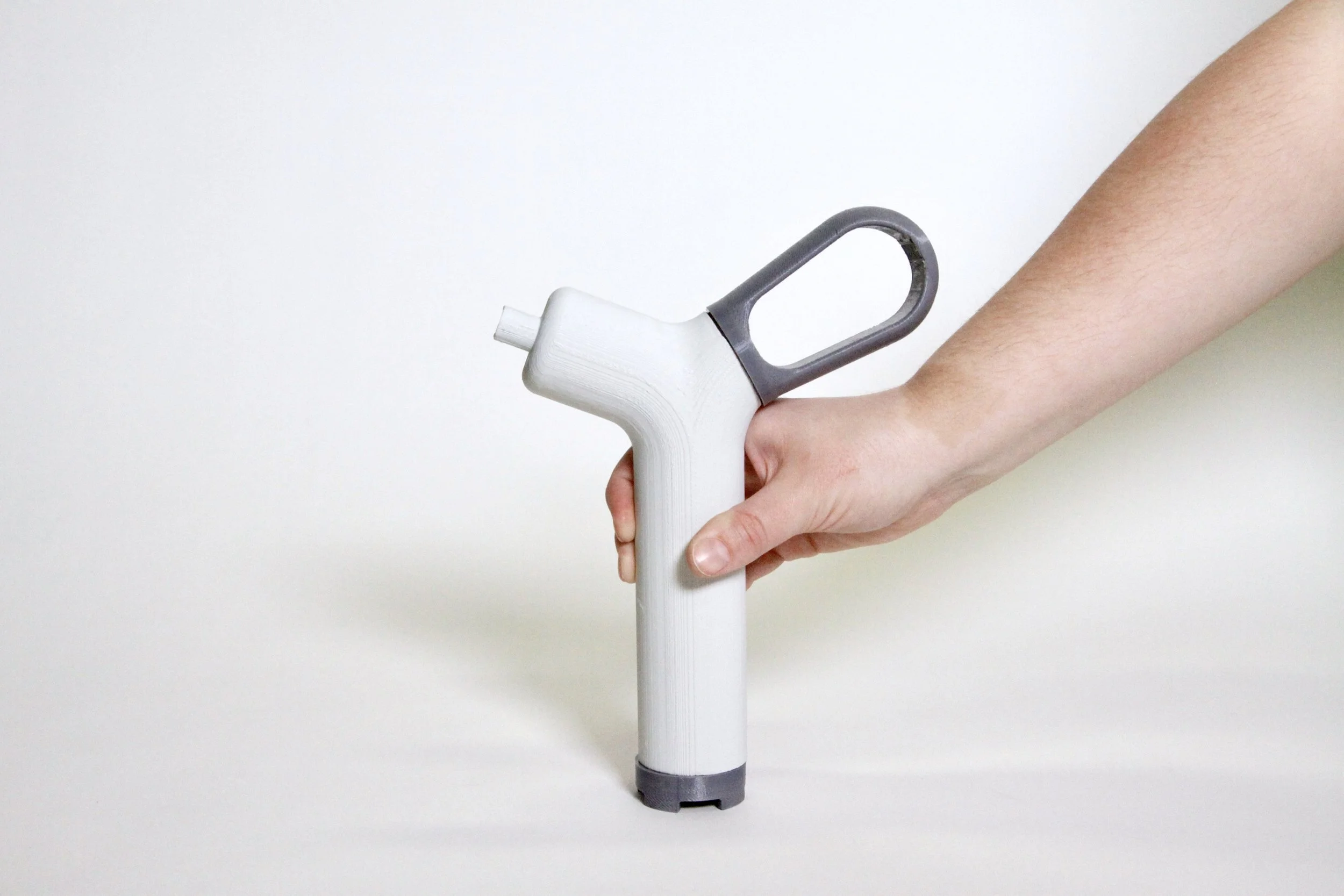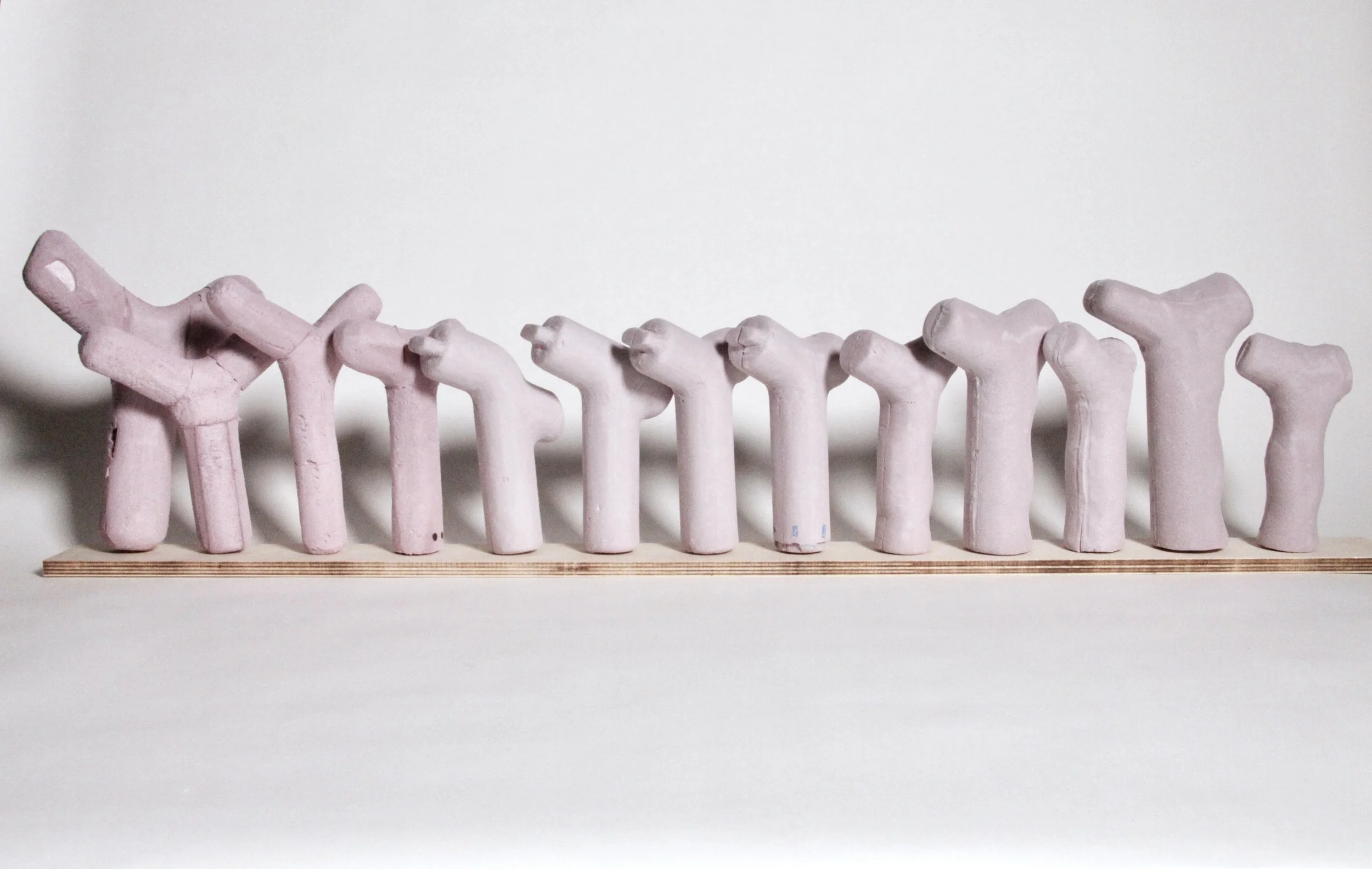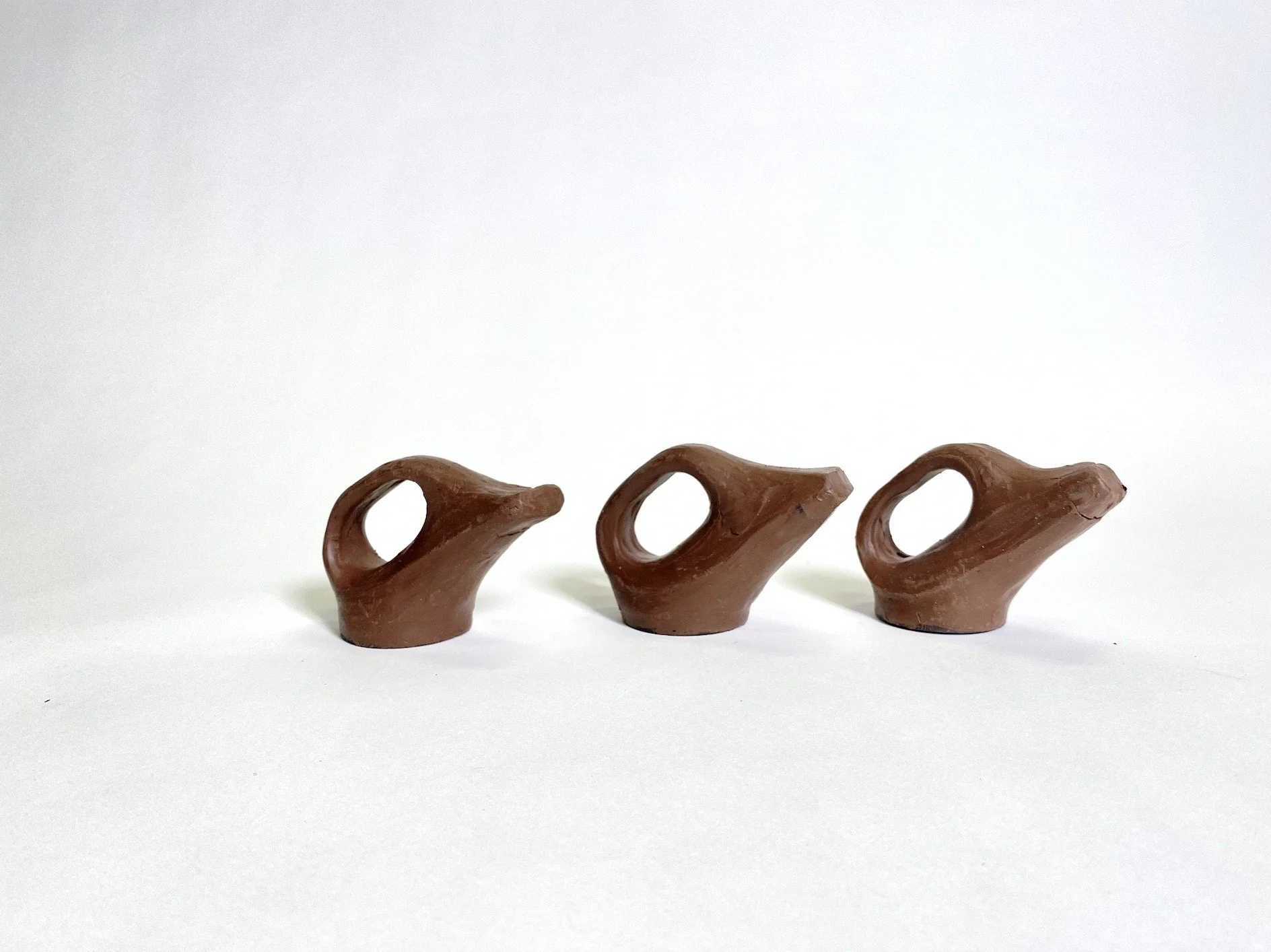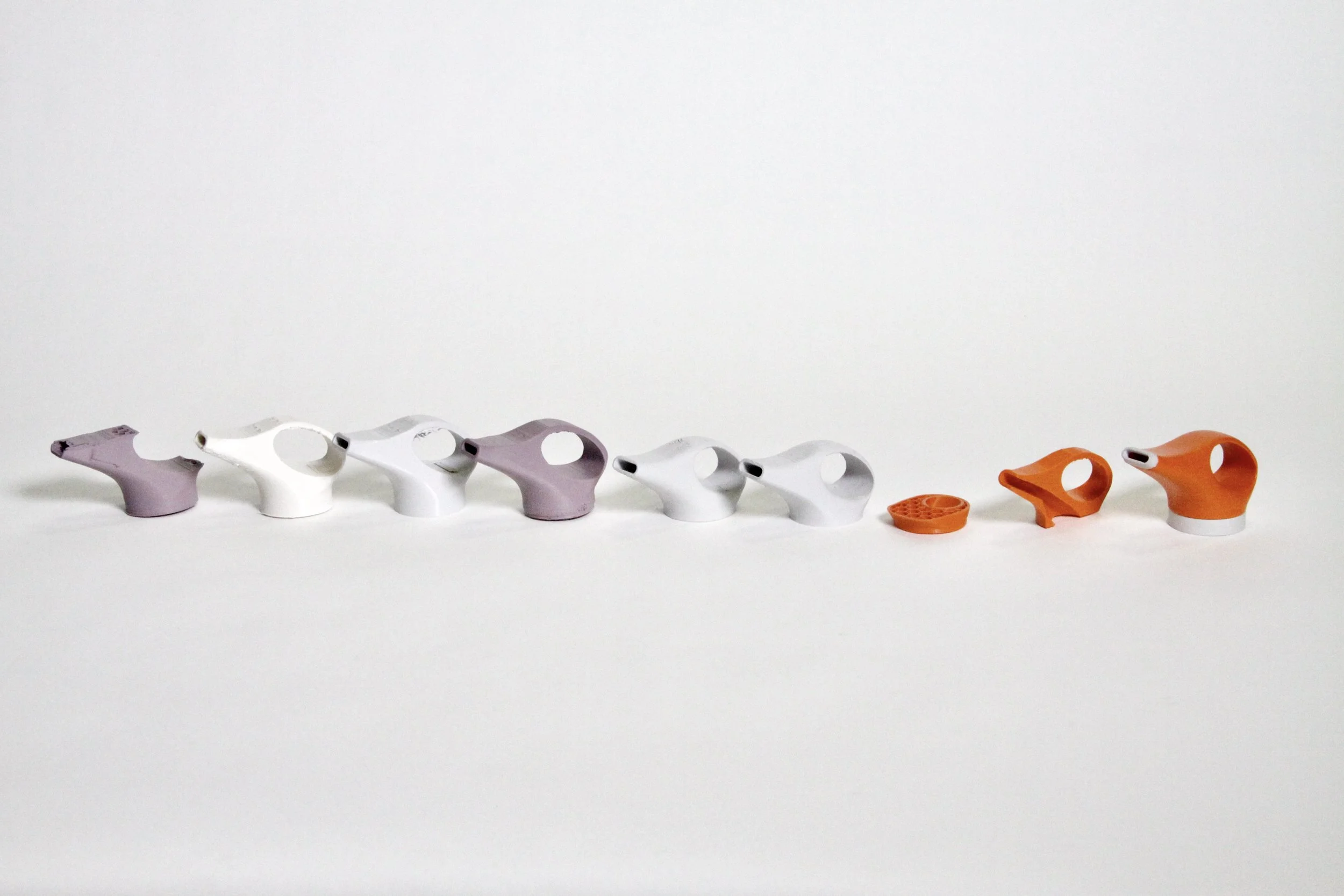Breathii Process
/breeth-ee/
An incentive spirometer, for inspiratory muscle training
Fourth year thesis project - 2021-2022
Breathii is a personal, handheld medical device that helps the user regain strength and clear the lungs after surgery or respiratory illness. The device is child-friendly, user-friendly, and a form that is comforting and non-intimidating to users in order to encourage use and increase patient adherence.
Definition
Incentive spirometry (I.S.) is the use of an incentive spirometer, as a tool in inspiratory muscle training. I.S. helps your lungs recover after surgery or respiratory illnesses. (Franklin & Anjum, 2021)
Quick Facts
Hospital-acquired pneumonia on average increases the length of hospital stay from 7 to 9 days, at an additional cost of more than $40,000 per patient (Limper, A.H., 2012)
Mortality from pneumonia can exceed 40% in patients who require management in the intensive care unit (ICU). (Limper, A.H., 2012).
Overview
The problem
The current market offerings are not designed to be user-friendly. They look like medical equipment, which makes children scared to use them. This reduces adherence, increasing financial strain on all parties. The current offerings are also only designed to last for the duration of stay in the ICU, and be disposed of afterwards.
The solution
Re-design the spirometer to be user-friendly, child-friendly, and last for the users’ lifetime to provide symptom relief from any future illness.
Research
Design Methods
Analogous Device Review Scenarios Storyboards Role Playing Context Scenarios Task Analysis Flexible Modeling Observation Think Aloud-Usability Testing Empathy Maps Critical Incident Technique Exploratory Research Interviews Ergonomic Analysis Anthropometric Evaluation User Journey Maps +more
Storyboarding was done with post-it notes, to map user journeys and potential user interactions with the device.
By using post-it notes, the scenario could be easily changed, and different new outcomes could be explored.
Questions Asked:
Who are the stakeholders?
What are all the considerations here?
What are some possible negative interactions?
What are some possible pain points?
Market Research
Primarily used in hospitals with post-op patients to help prevent and treat hospital-borne pneumonia
Look like they were designed for hospital or Doctors’ office use.
Are cold, unappealing, and lack interest
Many people in the hospital feel anxious, scared, and nervous
There is an opportunity to design an I.S. that is friendlier and less intimidating
Users
Research was done to identify all the possible users, and the possible benefits of breath trianing. There was a lot of overlap, so a diagram was made.
User Journey Mapping/Storyboarding
Analagous Device Review
Interviews
Interviews with people who have/have had asthma and pneumonia, athletes, healthcare professionals (ICU nurse, personal trainer, hockey coach), current and former smokers and more.
Asthma is often much worse in childhood
Many asthmatics want medication-free symptom relief
Long-term effects of pneumonia last throughout a lifetime
Children are scared of the spirometers because they look like medical equipment
End up not using it
Medical Device Guidelines
Class 2 Medical Device (Moderate Risk)
Risk Analysis
Identify risks
Eliminate or reduce as much as possible
Provide protection against those risks, and provide information about risks
Concept Generation
Sketches

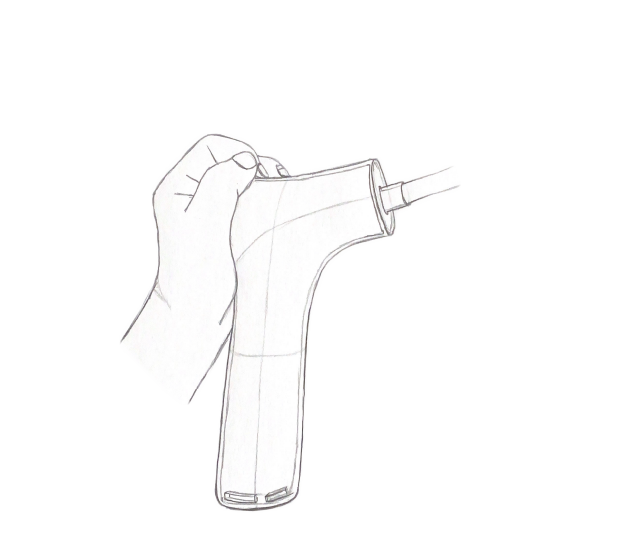
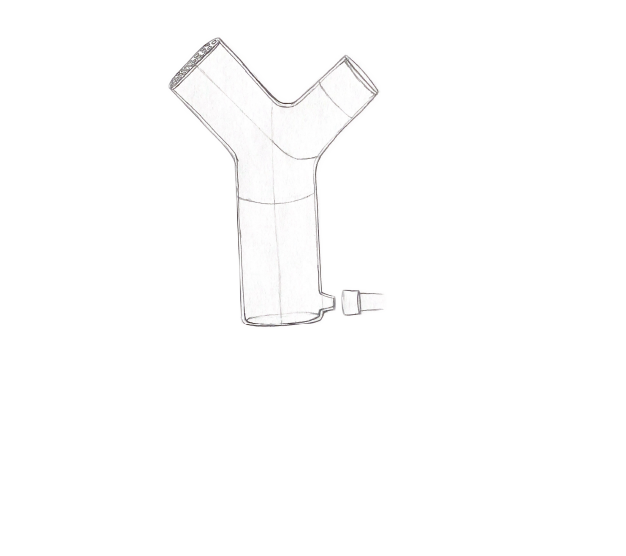

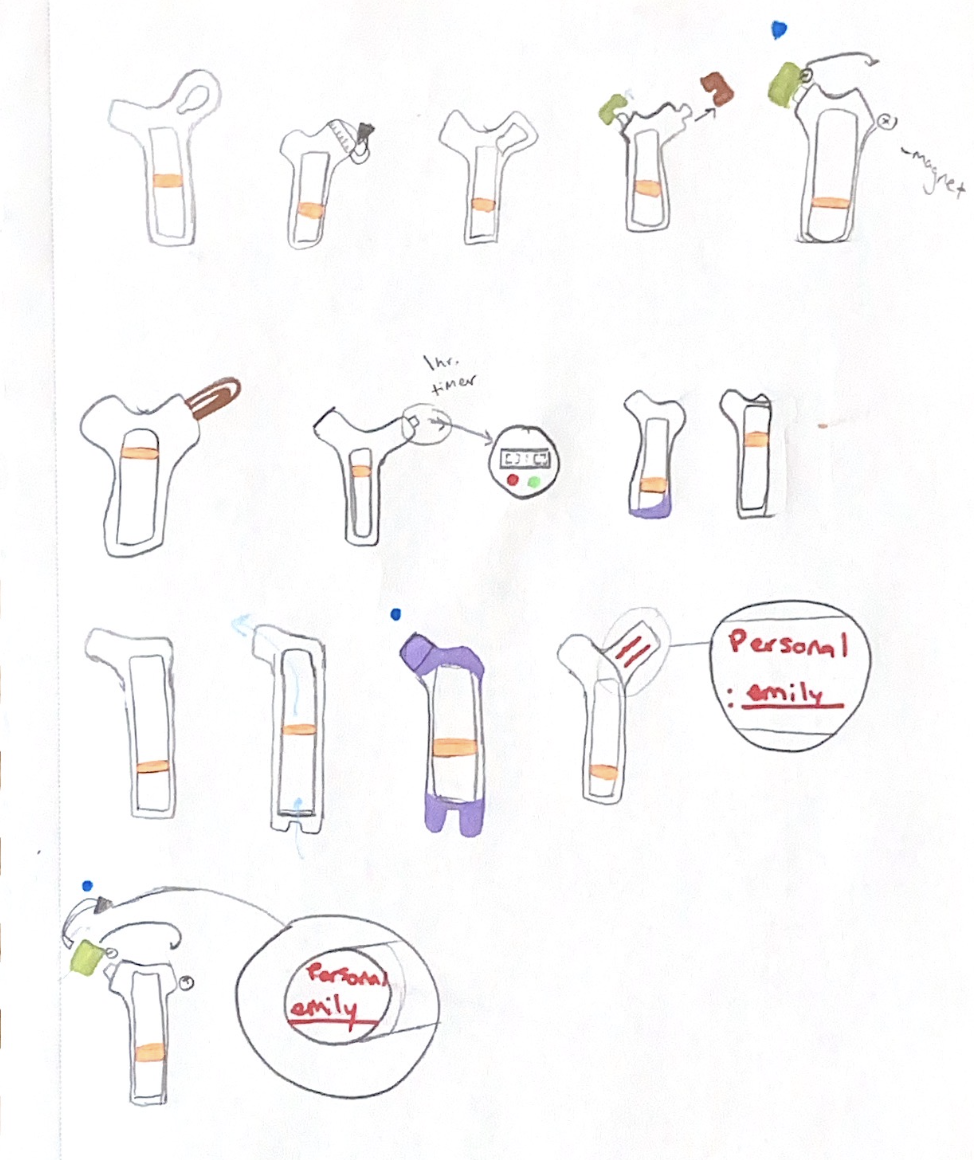
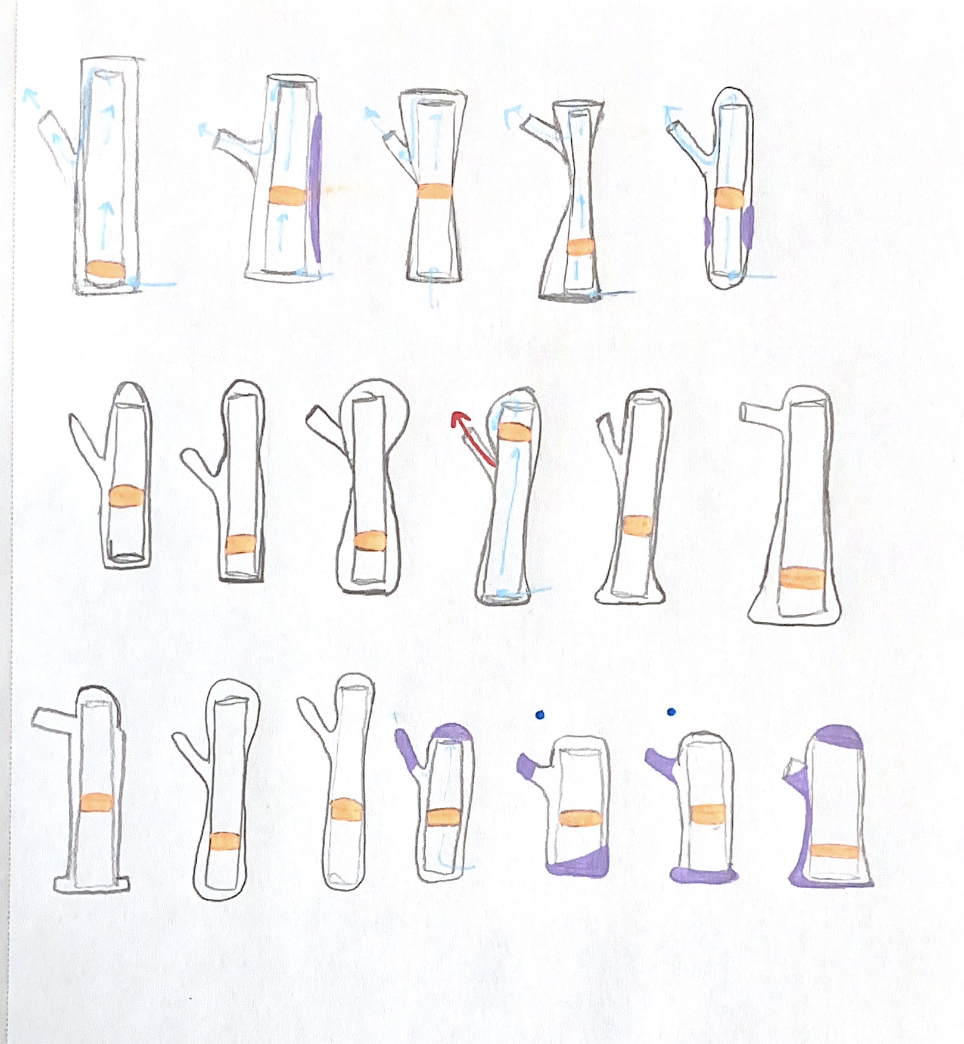
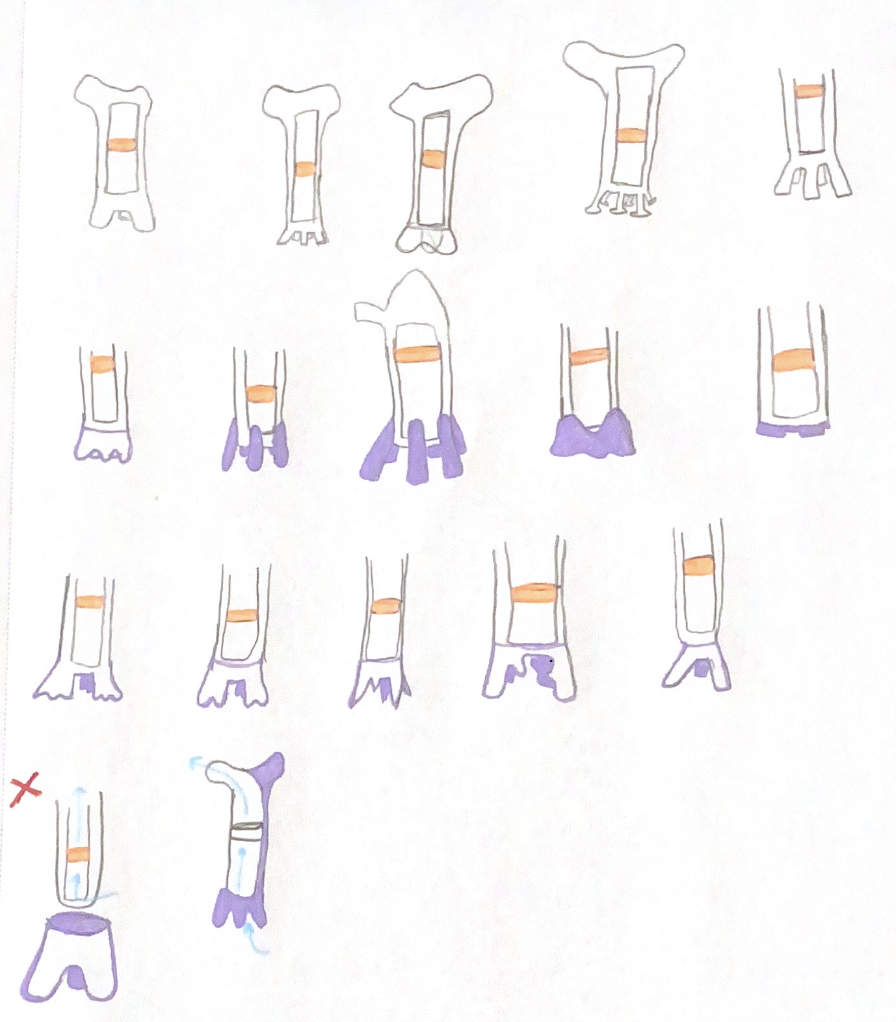




Model Making
Minute Models
Flexible modelling was done by making minute models out of clay to quickly get a sense of what forms felt comfortable to hold.
Foam Models
Foam models were made based on minute models, to get a more accurate idea of size and proportion.
Usability Testing & Ergonomic Analysis
When test users held it for another person, they did not use the handle and instead held it from the shaft
Wrist in full flexion - exacerbates symptoms of carpal tunnel syndrome (nurses are a high-risk group) (Relias Media, 2012)
Handle removed - “nub” is vestigial
The “nub” helps users get a good grip on the shaft when holding it for themselves
Still difficult to hold for someone else
Quick clay models to determine optimal handle (if any)
Grip of thumb to index and middle fingers very strong
Small 1-2 finger handle added for this grip
Used Blender surfacing and automotive clay to unify the form
Can many sized fingers fit in the hole?
3D print progression to final design and form
Disassembly for Cleaning/Repair
Parts can easily be taken apart for cleaning or repair.
All parts are dishwasher safe except head (due to filter)
